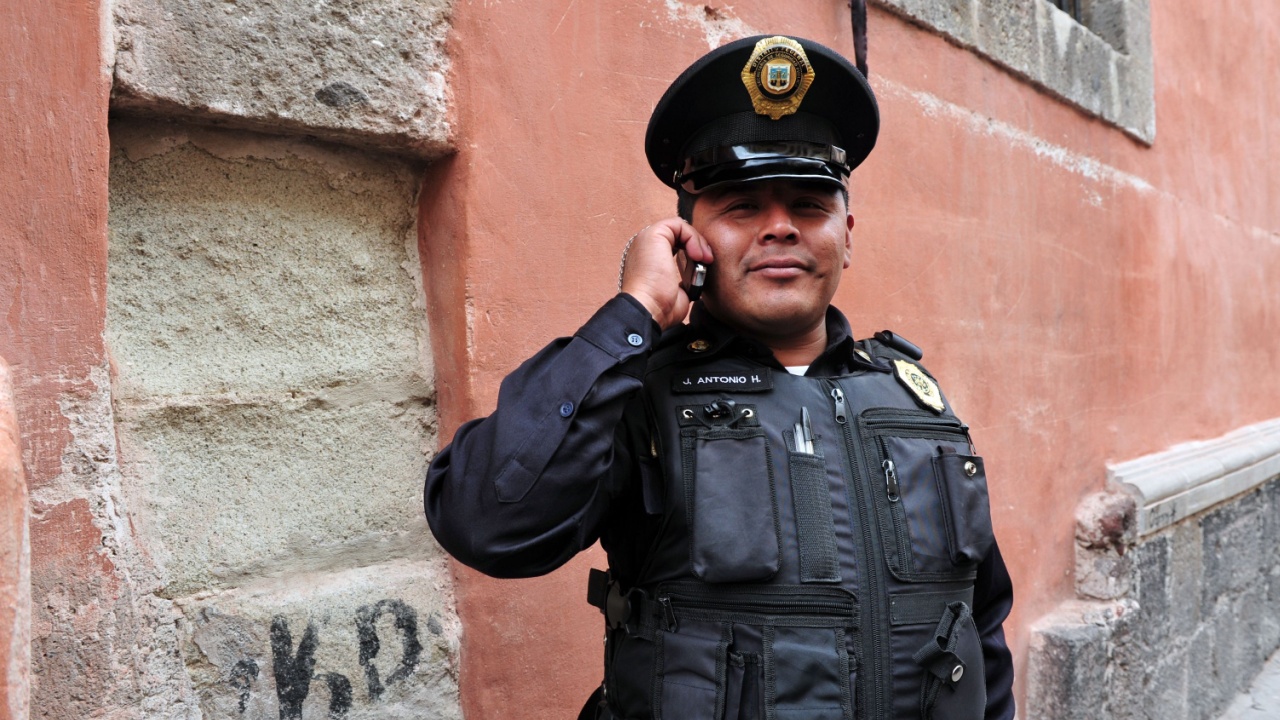Using a combination of domestic reform, international investment, and security guarantees, the region can begin to reclaim itself from the hands of organized crime.
Ecuador’s capture of its most wanted drug lord, Adolfo Macías, known as “Fito” and leader of the country’s largest criminal organization, Los Choneros, which has ties to the Sinaloa Cartel and other transnational criminal organizations, sent a clear message to the criminal enterprises now controlling vast swaths of the Andean nation: “your time is up.” Fito is now awaiting approval for extradition to the United States, where he will be charged with drug and arms trafficking and other serious offenses. In just five years, vast criminal economic empires have transformed the country from one of the region’s safest into the most violent in South America.
Ecuador and the rest of the region are under siege by a new kind of enemy — not ideological insurgents or old-school mafias, but economic superpowers known as transnational criminal organizations (TCOs). US Secretary of Homeland Security, Kristie Noem’s recent trip to Costa Rica to expand security cooperation agreements, Secretary of State Marco Rubio’s visits to Panama, Costa Rica, El Salvador, Guatemala, and the Dominican Republic to discuss border security are clear signals growing concern in Washington about the region’s security crisis. A crisis is driving migration flows and contributing to the drug overdose epidemic in the United States. This concern can now be matched with a bold vision and strategic response to confront the growing threat.
For decades, Latin American governments have approached organized crime primarily through the lens of public security: more police, more prisons, and well-intentioned but inadequate attempts at international cooperation. That’s a start. But today’s criminal groups operate less like street gangs and more like diversified multinational corporations.
In 2023, criminal economies in Latin America and the Caribbean generated around $358 billion annually, roughly 5 percent of the region’s GDP, and approximately six times higher than the region’s combined defense budgets, according to Admiral Holsey, Commander of US Southern Command.
And these groups are no longer just about drugs. They control supply chains from Colombian coca fields to Guayaquil ports. They launder billions through cryptocurrencies and shell companies. They run extortion rackets in urban neighborhoods. Increasingly, they exert near-total control over key economic sectors such as illegal mining, fishing, and logging. In areas where the state is absent, they impose curfews, distribute aid, and maintain order. During the pandemic, criminal gangs stepped up to provide public services where governments failed.
Today’s criminal organizations are borderless economic machines operating with ruthless efficiency. They diversify, reinvest, and franchise. In Medellín, over 400 criminal “combos” control everything from housing to informal trade. In Venezuela, the Tren de Aragua gang runs extortion and trafficking operations across half a dozen countries. Comparisons inevitably arise with Colombia in the mid-1980s when Pablo Escobar bombed the Supreme Court, assassinated a presidential candidate, and declared war on the state.
Back then, he was the exception. Today, criminal power is fragmented, transnational, and deeply woven into local economies with similar patterns running from Caribbean countries to Chile, Peru, and the northern parts of Argentina. And unlike Escobar, these new groups are harder to dismantle. There is no clear chain of command, and behind the violence is a staggering flow of money used to corrupt and control.
The Trump administration is rightfully focused on the security challenges across the hemisphere. Citizens across the hemisphere are quick to note that security is a top concern. President Daniel Noboa’s election in 2023 was based on the citizens’ trust that he’s best placed to bring Ecuador to safer days. Security will also decide who wins Chile’s presidential election this fall and Peru’s in early 2026.
The region is losing this war not just because the bad actors are brutal, but because they are smart, adaptive, and embedded in real economies. And politicians are on the hook for not just answers but results. Arrests and raids are no longer enough. The region urgently needs a new playbook — one that is strategic, multi-sectoral, and international.
What needs to be done? Countries need to start cooperating in their pursuit to dismantle the economic pillars that prop up TCOs. The businesses that fuel them can only be stopped through greater cross-border actions and with additional steps to ensure that criminal enterprises don’t just go out and find another illegal business to fill their coffers.
The financial lifeblood of organized crime — money laundering — remains largely unchallenged. The UNODC estimates that $800 billion to $2 trillion is laundered globally each year. In Latin America, the scale is already staggering. Mexico alone sees as much as $50 billion laundered annually, often through shell companies and cryptocurrency. The United States has an opportunity to work with willing partners to leverage its exceptional financial intelligence capabilities to trace and disrupt these illicit flows.
And state institutions need to modernize their processes and thinking to respond to the threat quickly. With reforms such as mobile justice units, AI-assisted case management to ease court backlogs, and electronic surveillance to monitor prison populations — as suggested in a recent World Bank report on organized crime — governments can begin to restore order. Local police forces need equipment, training, and incentives to become embedded in the communities they serve.
And finally, economic prevention should be equated to national security. Investing in vulnerable areas should be treated with urgency. Here, Latin America holds more than 60 percent of global lithium reserves. It has vast potential for solar and wind energy, much of it in rural areas where organized crime thrives by controlling land and grid access. If private investment can be de-risked and made accessible to governments, these industries could generate legal jobs and infrastructure to crowd out illicit economies.
Using a combination of domestic reform, international investment, and security guarantees, the region can begin to reclaim parts of its territory and economies from the hands of organized crime. Yet, a regionally coordinated and bolder strategy is needed — one that includes drugs but goes far beyond that to target the entire economic architecture of the criminal empires.
The region has a small window of opportunity. That’s why a bold economic response is needed to accompany security cooperation in which these groups not just seen as enemies of the state, but as rivals for power.
About the Authors: Isabel Chiriboga and Jason Marczak
Isabel Chiriboga is an assistant director at the Adrienne Arsht Latin America Center at the Atlantic Council.
Jason Marczak is the vice president and senior director of the Adrienne Arsht Latin America Center at the Atlantic Council.

